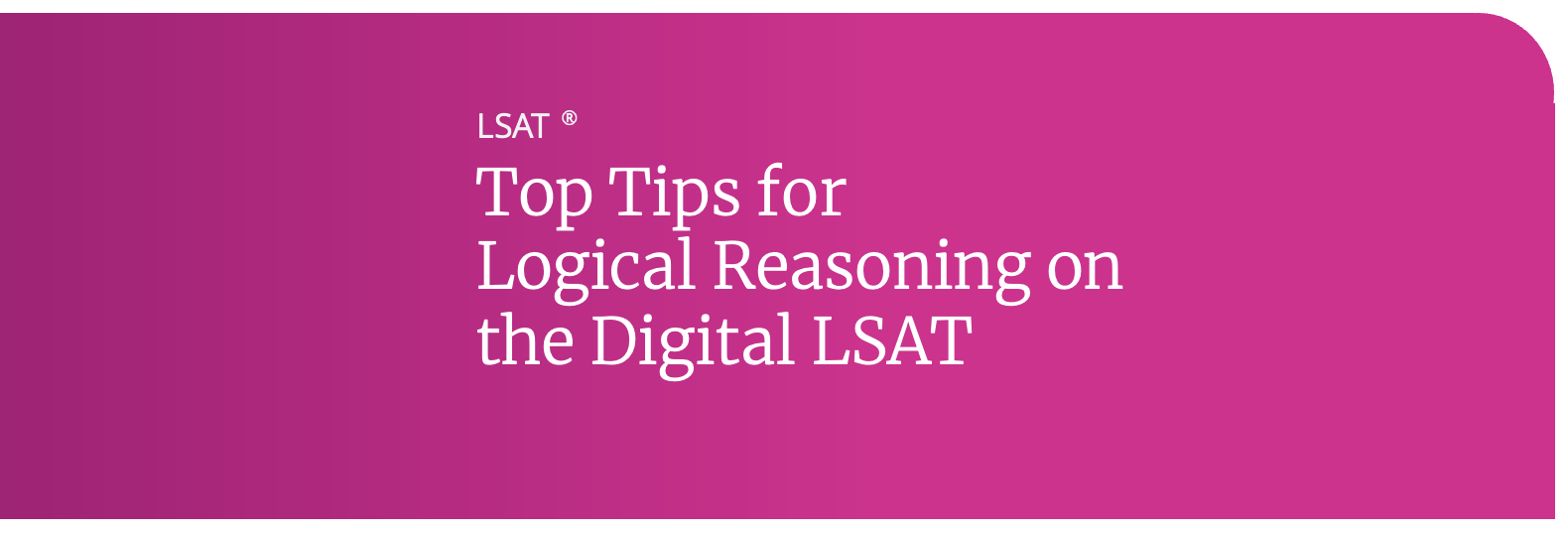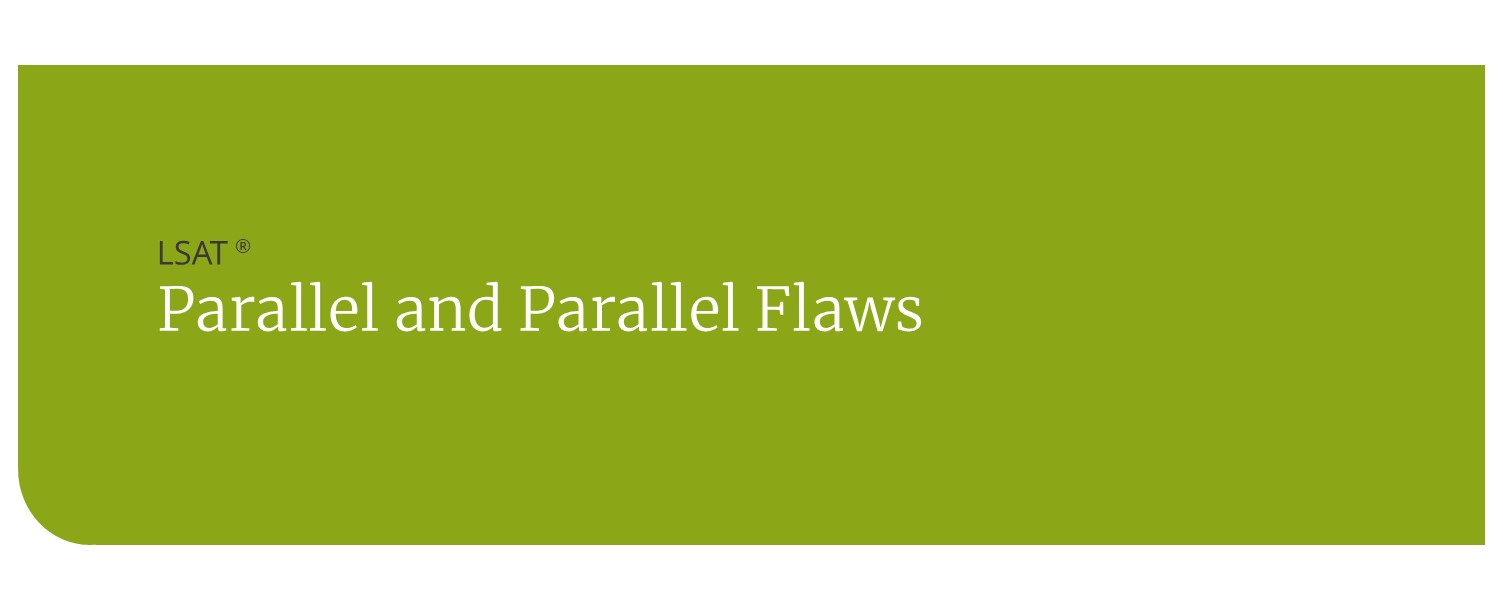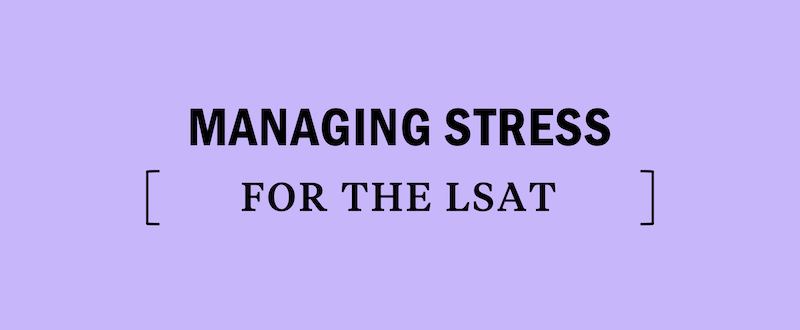Top Tips for Logical Reasoning on the Digital LSAT
The LSAT Logical Reasoning section is an important section to master. You’ll have 35 minutes to get through 25 question. If math isn’t your strength, that’s about a minute and 15 seconds per question to read, predict an answer, evaluate your answer choices, and choose correctly.
Fortunately, the Logical Reasoning section has the least need for notes or sketches. Still, effective use of digital tools can enhance your efficiency and accuracy in this section of the test.
LSAT Logical Reasoning Tip #1
Try Highlighting the Question Type in the Question Stem
Similar to our approach to Reading Comprehension, some of Kaplan’s LSAT experts used highlighting or underlining tools to mark language in the question stem that indicates the question type. Well-trained LSAT test takers know that the best approach to, say, Strengthen/Weaken questions is very different from that for Inference questions.
Whether you choose to use the highlighting tool is up to you, but knowing the tasks and strategies for each question type is essential to LSAT success. As you hone your practice, you’ll build a skill set for each question type and learn more efficient ways of sussing out the correct answer and eliminating the wrong ones.
LSAT Logical Reasoning Tip #2
Don’t Passively Read the Stimulus
In the Kaplan Logical Reasoning Method, Step 2 is labeled “Untangle the Stimulus.” In other words, don’t passively read the stimulus. Instead, dissect it with surgical precision to identify and paraphrase the text needed to answer the question.
LSAT Logical Reasoning Tip #3
How To Identify The Conclusion and Evidence in Assumption-Family Questions
For these questions (Assumption, Strengthen/Weaken, and Flaw), test takers need to identify the author’s conclusion and zero in on the explicit evidence the author offers in support of that conclusion. Develop a system for labeling these parts of the argument. For example, highlight the conclusion with one color and use another color to highlight the primary evidence. Or try mixing in underlining. So you can underline all conclusions and highlight all evidence.
You should adopt your own best practices here. Being able to zero in on the conclusion and evidence is essential; how you get there on the LSAT depends on your own practice and your comfort with the various tools. The point is to practice, practice, practice until whichever method you’ve chosen feels intuitive. Don’t try to figure this out for the first time on test day, you’ll be wasting valuable time.
LSAT Logical Reasoning Tip #4
Use Scratch Paper for Formal Logic
Kaplan’s LSAT experts largely agreed that the one important use for scratch paper in Logical Reasoning is to jot down complicated Formal Logic translations and their contrapositives. When you do this, be sure to label the question with which the scratchwork is associated in case you need to come back to one or more of these questions later in the section.
Because the LSAT operates under logic rules that may not “feel” like anything you’re used to—before you became an LSAT master, that is—laying out your “if… then…” will save you from going back to reread the stimulus or question unnecessarily.
LSAT Logical Reasoning Tip #5
Time Management: Mind the Danger Zone
Time management is vital in Logical Reasoning. With 35 minutes for 25 discrete questions, you need to average about 1 minute 15 seconds per question. The “Danger Zone”—the area with the highest concentration of difficult questions—tends to be roughly Question 14 through Question 21.
Some LSAT experts chose to do that spread last to maximize their opportunity to get to the easiest questions first but remember, all LSAT questions are worth the same, and there are no bonus points for answering difficult questions.
However, you choose to manage the section, remember that the “Danger Zone” is still in place. Don’t get bogged down in this quagmire of hard questions. Skip and guess strategically to maximize your efficiency and your LSAT score.
This is also where the digital interface and flagging tools are key: You can clearly see which questions you haven’t answered and go back to them quickly.
LSAT Logical Reasoning Tip #6
Try Using the Stylus as Opposed to Your Finger for Annotating
Just don’t expect it to be perfect, because the annotation tools can be imprecise. Using the stylus as opposed to your finger helps, but sometimes the tools still highlight or underline more than what you were trying for. Other times they highlight less.
There are two quick hacks to make the tools more precise—increasing your font size and increasing your line spacing—but neither is foolproof, so you need to be open to some degree of imprecision.
Also, be aware that you can annotate almost everything on the digital LSAT, but you cannot annotate an eliminated or collapsed answer. If you want to annotate an answer that you plan to collapse (by highlighting the word you think is a red flag, for example), annotate it first.
You also can’t annotate the same piece of text in more than one way simultaneously. In other words, you can’t both underline and highlight the same word.
Looking for more digital LSAT strategies? Check out our tips for Reading Comprehension and Logic Games.




